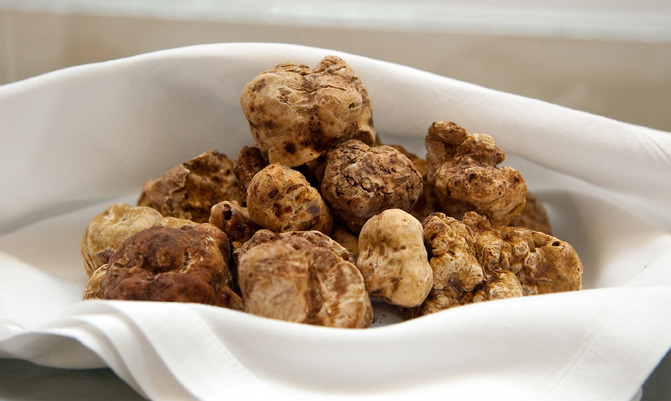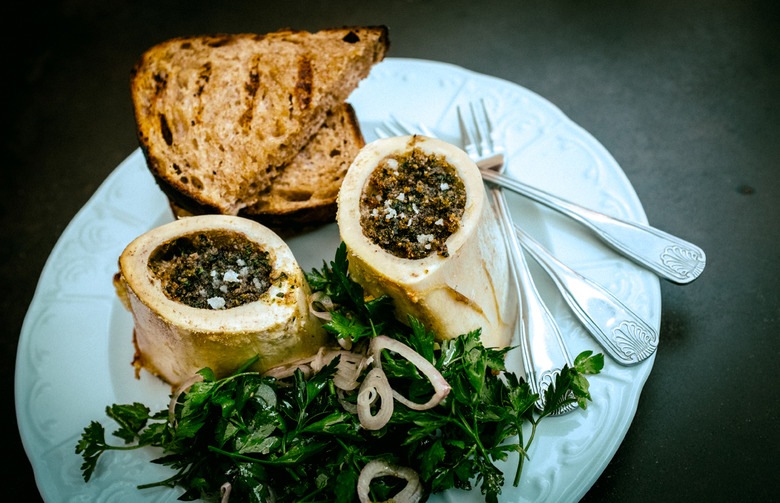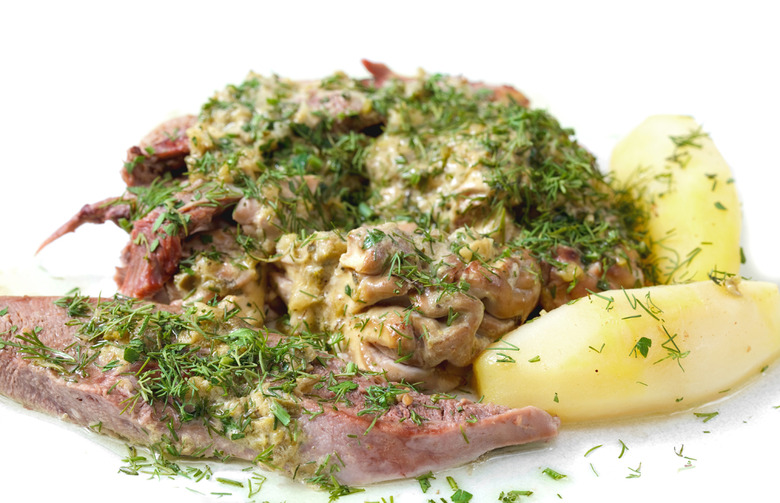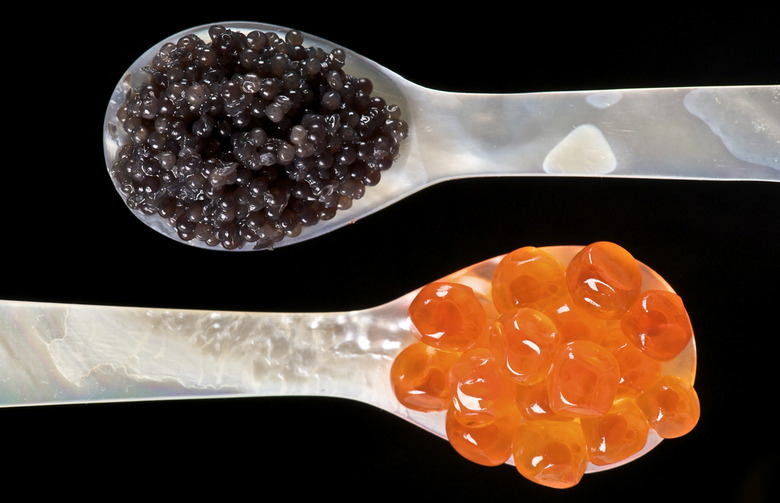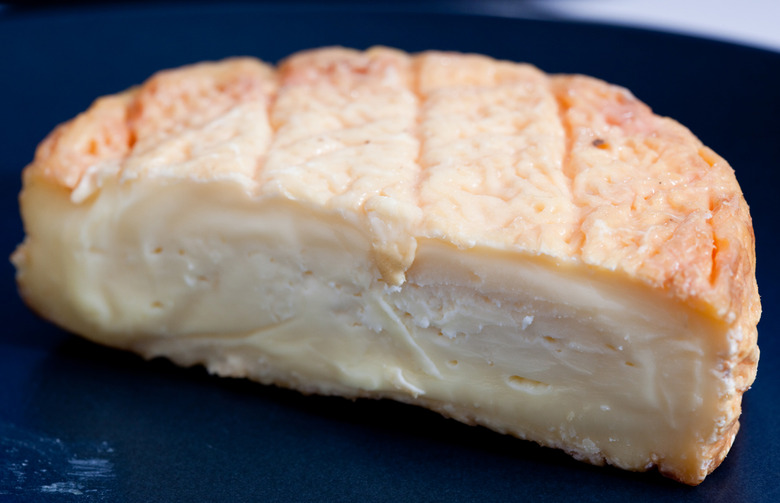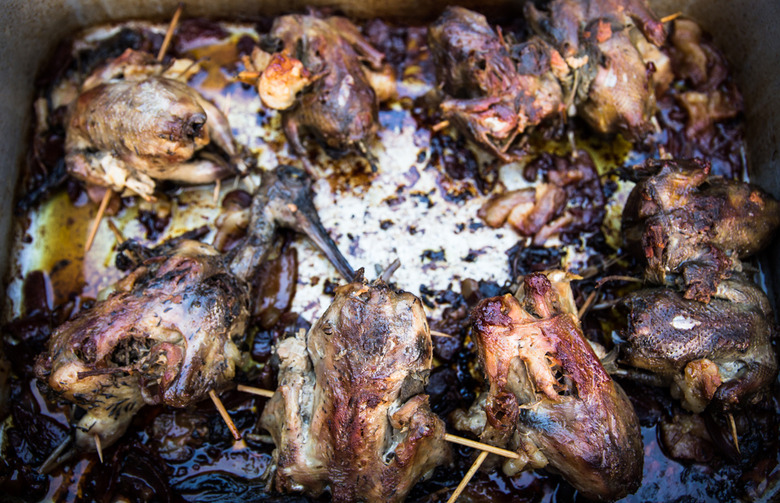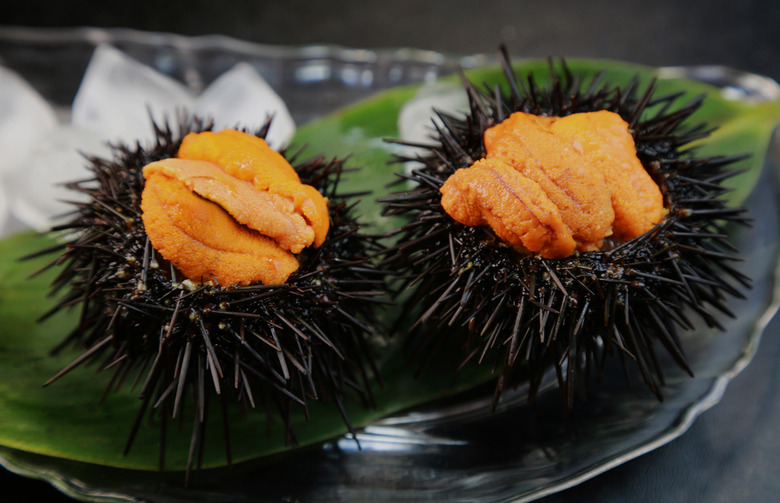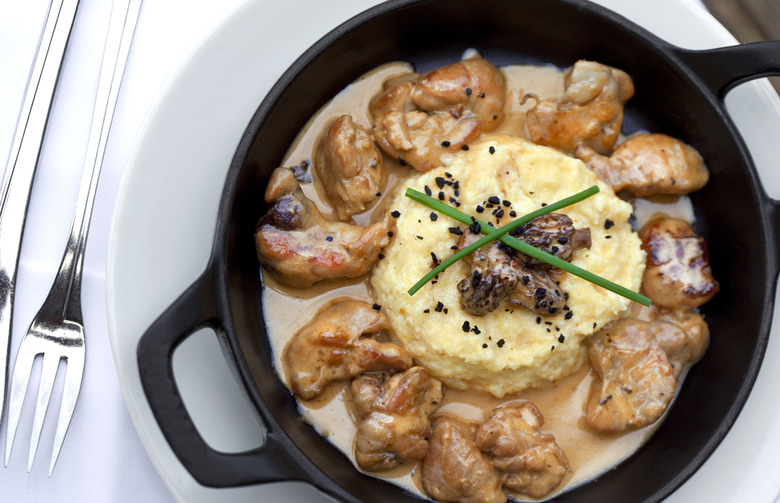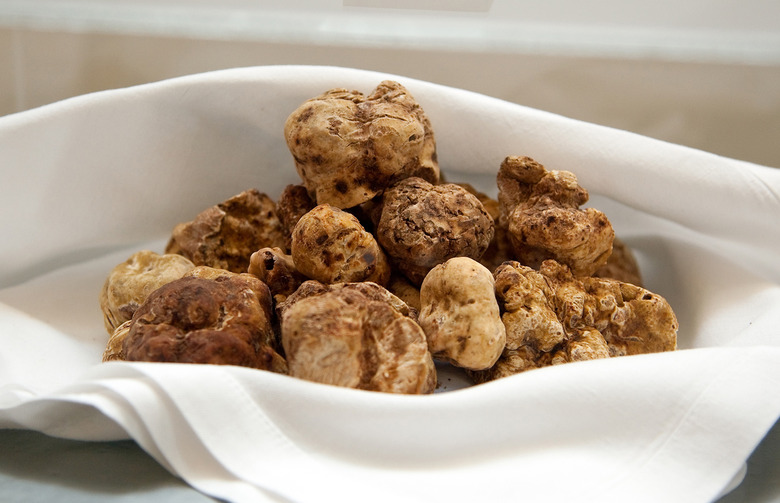Fancy Stuff You Should Like But Probably Don't
Ever met someone who doesn't like foie gras? They may not admit to it, because it's such an expensive delicacy, but we bet there are a lot more people out there than you may realize who legitimately don't like the taste of the fattened liver of a duck or goose. And that's OK! Because you know what? We're all entitled to our opinions, and just because something is expensive doesn't automatically mean we'll find it delicious.
Bone Marrow
Bone marrow, when properly roasted, is rich and luxurious, with an intensely beefy flavor. When spread onto toast, it's been called "God's butter." But still, it's bone marrow. Even though it has legions of fans, its flavor can be too intense for some.
Calf's Brains and Kidneys
Calf's brains and kidneys have long been luxury items in high-end fare around the world, from brains sautéed with brown butter and capers in French cuisine to kidneys stewed in sherry sauce in Spain. They also make plenty of appearances in peasant fare, including veal brain tacos in Mexico and steak and kidney pie in England. These are definitely acquired tastes; brain has a very mushy texture and kidneys are oddly crunchy, sometimes with a faint taste of urine. You're under no obligation to become a fan of this offal.
Caviar
Caviar is tiny fish eggs that have been salt-cured, and it's very fishy, salty, and briny. While some cheap versions exist, caviar tends to be extremely expensive, costing upwards of $100 per ounce. But even though the price tag is high, it's really not for everyone; while eating blini topped with caviar and chasing it with a shot of ice-cold vodka is considered by many to be one of life's great gustatory pleasures, if you're not a fan of intensely briny foods you probably won't be a fan.
Époisses
Foie Gras
The fattened liver of a duck or goose is one of the world's great delicacies, as well as one of the most controversial foods around, due to concerns about inhumane treatment of the animals (they're force-fed grain via a funnel several times per day). It's insanely rich, oily, tastes decidedly livery, and when overcooked it can have an off-putting chalky texture (even when cooked properly to medium rare, its texture can bother some). It's something that everybody should try once, but if you don't like it, you can definitely be forgiven.
Grouse and Woodcock
Both grouse and woodcock are popular in high-end British cuisine, and both fowl have very intense and gamey flavors. That plus the fact that woodcock is traditionally served on toasted bread spread with its "trail" (i.e., entrails) doesn't exactly do it any favors. You can be forgiven if you choose to pass on one of these birds — but if you're dining at a country estate and are served one that was freshly hunted that afternoon, you might as well give it a try (but watch out for the tiny balls of buckshot that game birds often contain; crunching into one might cost you a tooth).
Oysters
Slimy, briny, raw, ugly... there are a lot of reasons why someone could be forgiven for not being a fan of oysters. Jonathan Swift definitely had it right when he said, "He was a bold man that first ate an oyster." While their loyal devotees can spend hours discussing the subtle flavor nuances between East Coast and West Coast oysters, those who don't like them consider them unappetizing at best, nauseating at worst.
Sea Urchin
Sea urchin gonads, called uni in Japanese, are highly prized in sushi restaurants, and more and more American chefs have been experimenting with uni lately (chef Michael White famously melts lardo, or cured pork fat, on it atop crostini). But that doesn't necessarily mean that it's universally praised as being delicious. It has a unique flavor that can best be described as alkaline, with a strong hit of iodine, and its flavor is mushy to the point where it's almost a liquid. It's an acquired taste, and it's one that some people never acquire.
Sweetbreads
"Sweetbreads" is a blanket term given to either the thymus or pancreas of veal or lamb. It's among the most frequently appearing offal on menus these days, and is definitely a hot item. The gland must be soaked in salt water before being poached in milk; the outer membrane is then removed, dried and chilled, and finally portioned and traditionally breaded and fried. It doesn't actually taste like much, and its soft and tender texture is pleasing to most people who can get over the fact that they're eating veal thymus. But if you can't get over that fact, don't let anyone force it on you.
White Truffles
White truffles are among the most highly prized food items on earth, running as high as $2,000 per pound. Eggs, pastas, and other delicate flavors are given an enormous umami boost by the addition of shaved white truffle, which has a smell and flavor unlike anything else you'll ever encounter. Some people think white truffles smell like sweaty gym socks, and that's one of the more polite analogies (it Italy it's against the law to carry white truffles on public transportation because so many people find the aroma offensive). Turning away someone offering to gild your plate with freshly shaved white truffles isn't ideal, but if someone legitimately doesn't like them, take pity.
